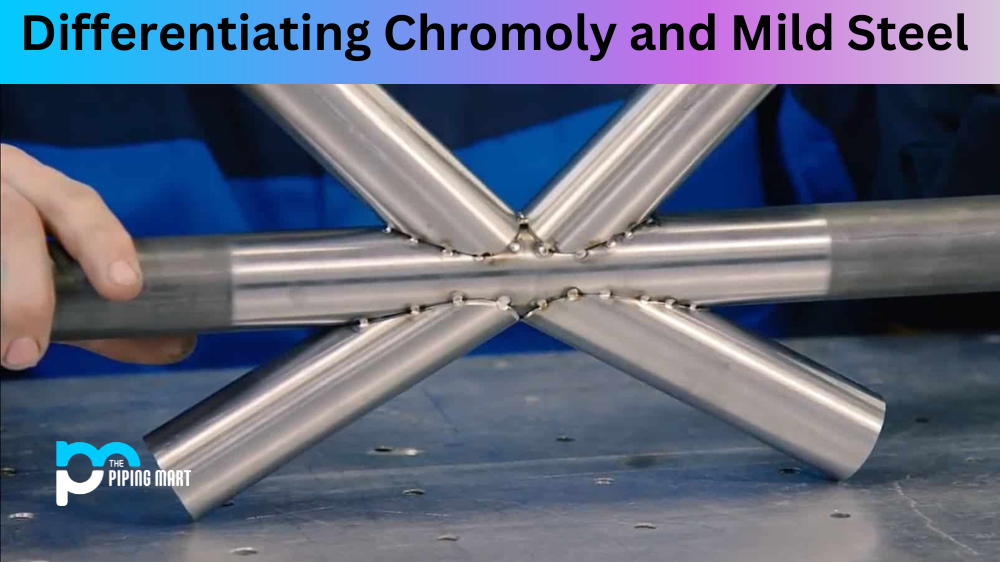Young’s modulus (or the “modulus of elasticity”) measures the stiffness or strength of a material in tension. It is one of the essential properties in engineering materials and components, as it helps engineers determine how a material will behave under stress. In this blog post, we’ll look at Young’s modulus specifically for high-tensile steel and what this means for its use in manufacturing.
What is High Tensile Steel?
High tensile steel is an alloy composed primarily of iron, with small amounts of carbon and manganese added. This combination creates a robust and durable metal that can withstand significant amounts of stress without deforming permanently. High-tensile steel is used in many industries, including construction, aerospace engineering, and automotive manufacturing.
Young’s Modulus Explained
Young’s modulus measures how stiff or rigid a material will be when placed under tension. It is measured in gigapascals (GPa), with higher numbers indicating greater stiffness. The higher the number, the less likely the material will bend or deform when placed under stress – making it ideal for applications where strength and durability are essential requirements. High tensile steel has an extremely high Young’s modulus – typically between 210-220 GPa – allowing it to withstand greater forces than other materials without deforming permanently or breaking. This makes it ideal for applications where strength and durability are necessary, such as automotive parts or aircraft components where failure could be catastrophic.
Applications of High Tensile Steel
High-tensile steel can be found in many different applications across multiple industries due to its strength and durability. Automotive manufacturers often use high-tensile steel for engine parts such as piston rings, exhaust valves, camshafts, crankshafts, etc., and suspension components like coil springs and leaf springs. It can also be found in aircraft components such as landing gear struts or wing spars. At the same time, construction companies may use high-tensile steel for reinforcing bars (rebar) embedded into concrete structures to provide additional support and strength when needed. Furthermore, high-tensile bolts are often used to join two pieces together securely without fear of shear failure, which could cause injury or property damage if not adequately secured.
Conclusion:
High tensile steel has become an essential material in modern manufacturing due to its impressive strength and durability compared to other metals such as aluminum or copper alloys; these advantages are essentially thanks to its incredibly high Young’s Modulus – typically between 210-220 GPa – allowing it to stand up to greater levels of stress before breaking down or becoming permanently deformed than other materials would be able to handle. Its wide range of applications across multiple industries speaks volumes about its versatility and usefulness, from automotive parts like engine blocks and suspension components to more specialized uses like aircraft components or reinforcing bars in construction projects – it isn’t much that high tensile steel can’t do! Whether you’re looking for something strong enough for industrial-level tasks or just need something reliable for everyday use at home, chances are you’ll find yourself reaching for some high-tensile steel components sooner rather than later!

Abhishek is a seasoned blogger and industry expert, sharing his insights and knowledge on various topics. With his research, Abhishek offers valuable insights and tips for professionals and enthusiasts. Follow him for expert advice on the latest trends and developments in the metal industry.




